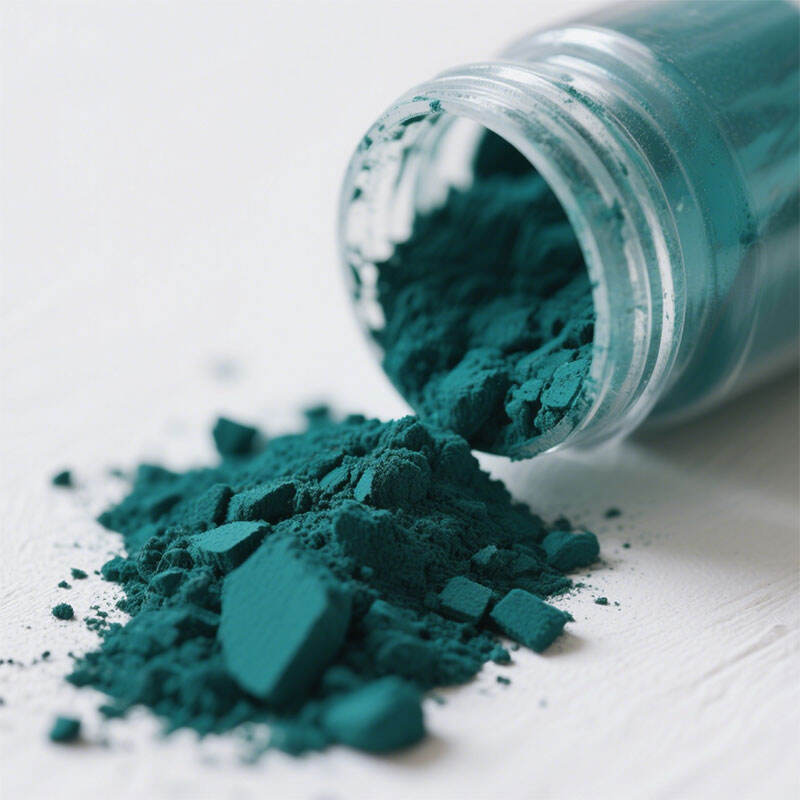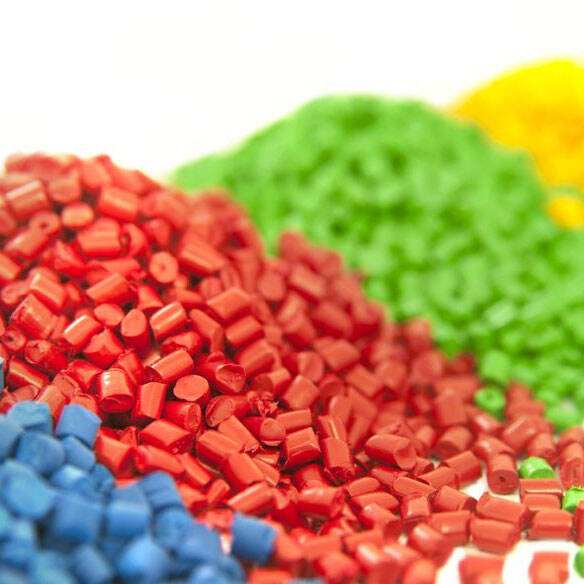price of dye
The price of dye represents a crucial consideration in various industries, from textile manufacturing to commercial printing and artistic applications. This essential component encompasses a wide range of factors, including raw material costs, manufacturing processes, and market demand. Modern dye pricing reflects technological advancements in production methods, environmental compliance requirements, and the increasing demand for sustainable solutions. The cost structure typically varies based on dye type, quality grade, volume requirements, and specific applications. Synthetic dyes, which dominate the market, often present a more cost-effective solution compared to natural alternatives, though recent trends show growing interest in eco-friendly options despite their higher price points. Manufacturers and suppliers consider factors such as color fastness, light stability, and application versatility when determining pricing strategies. The global dye market's dynamic nature means prices fluctuate based on supply chain conditions, regulatory changes, and technological innovations, making it essential for buyers to understand these variables when making purchasing decisions.


